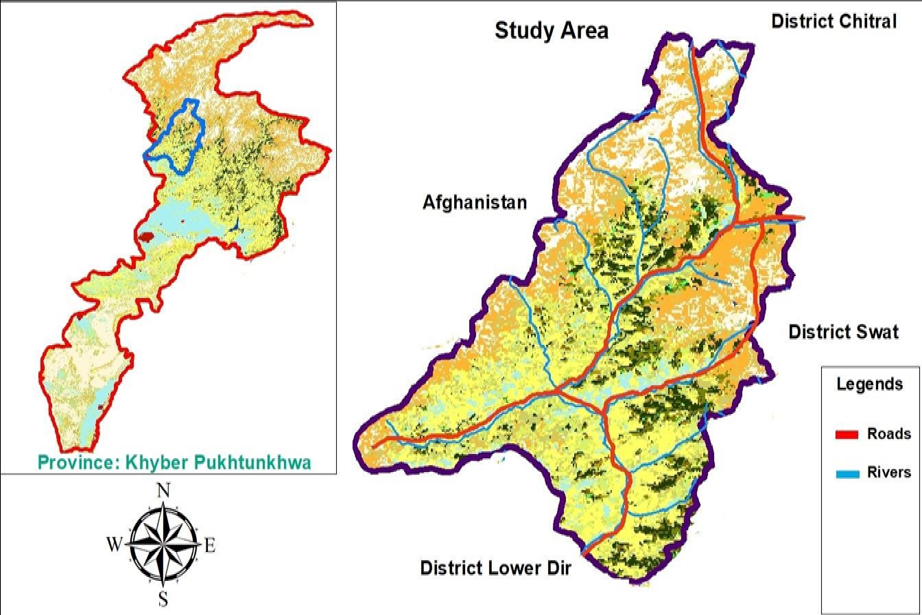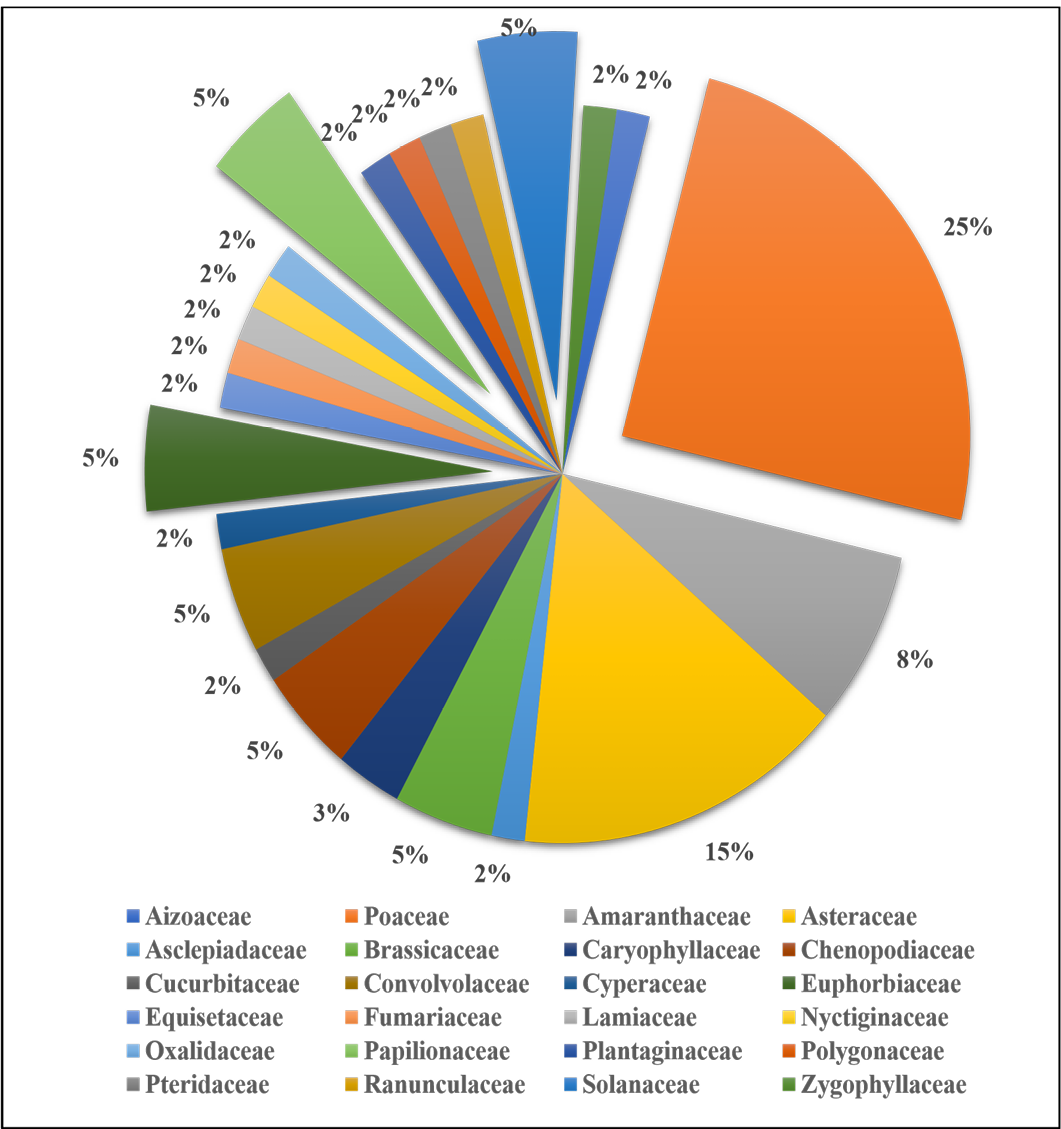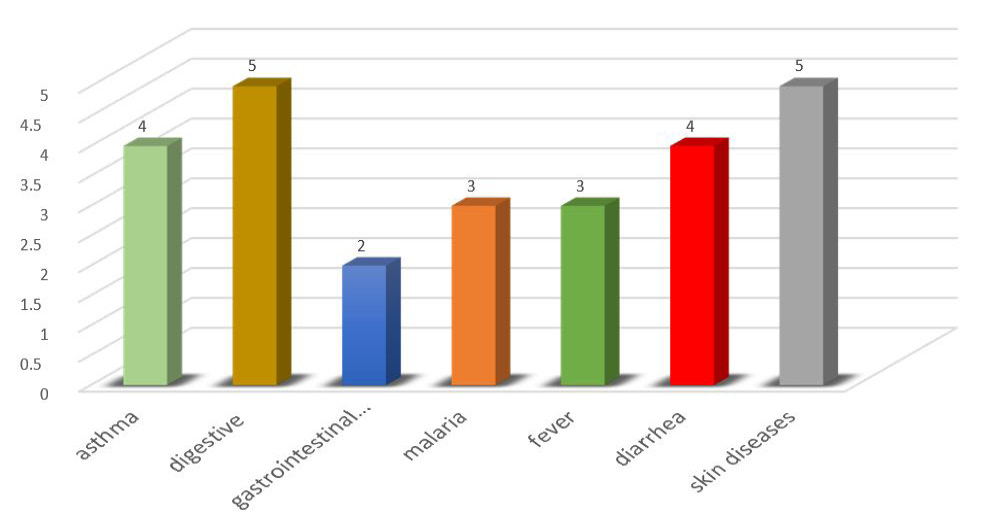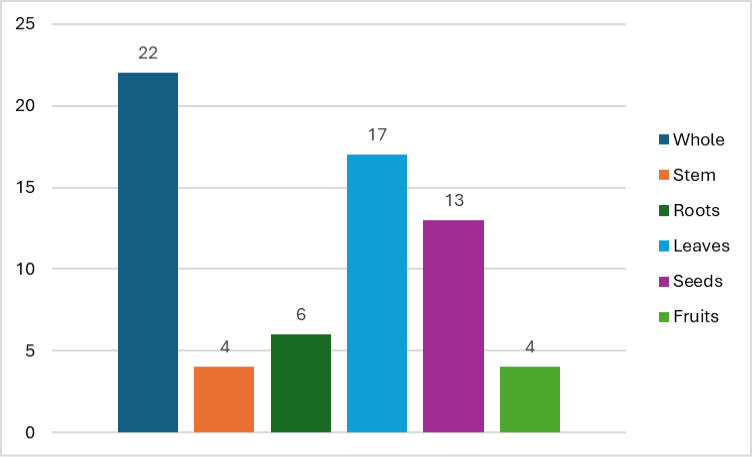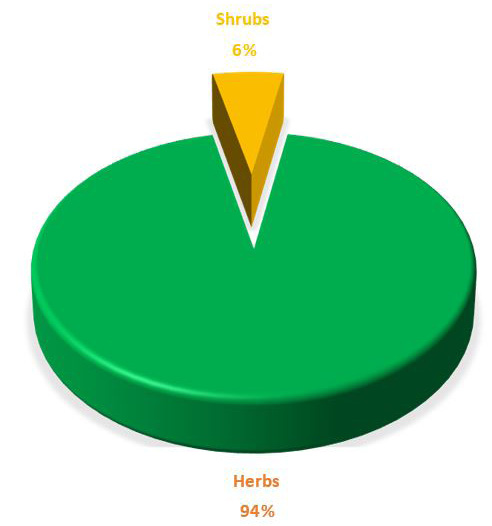Ethno-Pharmacological Profile of Weed Flora of Dir-Upper District, Khyber Pakhtunkhwa
Murad Muhammad1,2,3*, Shahid Ullah1, Nimrah Ameen4, Abdul Wahab3,5, Abdul Basit6, Muqadas Batool7, Muhammad Nazim2,3 and Haroon Khan8
1Phyto-ecology Lab, Department of Botany, University of Peshawar, Peshawar 25120, Khyber Pakhtunkhwa, Pakistan; 2State Key Laboratory of Desert and Oasis Ecology, Key Laboratory of Ecological Safety and Sustainable Development in Arid Lands, Xinjiang Institute of Ecology and Geography, Chinese Academy of Sciences, Urumqi, 830011, PR China; 3University of Chinese Academy of Sciences, Beijing 100049, China; 4Department of Botany, University of Agriculture, Faisalabad 38000, Pakistan; 5Shanghai Center for Plant Stress Biology, CAS Center for Excellence in Molecular Plant Sciences, Chinese Academy of Sciences, Shanghai 200032, China; 6Department of Horticulture, Kyungpook National University, Daegu, South Korea; 7Department of Botany, Postgraduate College Layyah, Bahauddine Zakariya University, Multan 60800, Pakistan; 8Department of Weed Science and Botany, University of Agriculture Peshawar, Peshawar, Pakistan.
*Correspondence | Murad Muhammad, Phyto-ecology Lab, Department of Botany, University of Peshawar, Peshawar 25120, Khyber Pakhtunkhwa, Pakistan; Email:
[email protected]
Figure 1:
Study site map (Muhammad et al., 2021).
Figure 2:
Ethnobotanical diversity of weeds.
Figure 3:
Disease category.
Figure 4:
Form and mode of utilization.
Figure 5:
Plant parts used.
Figure 6:
Life form of flora.



